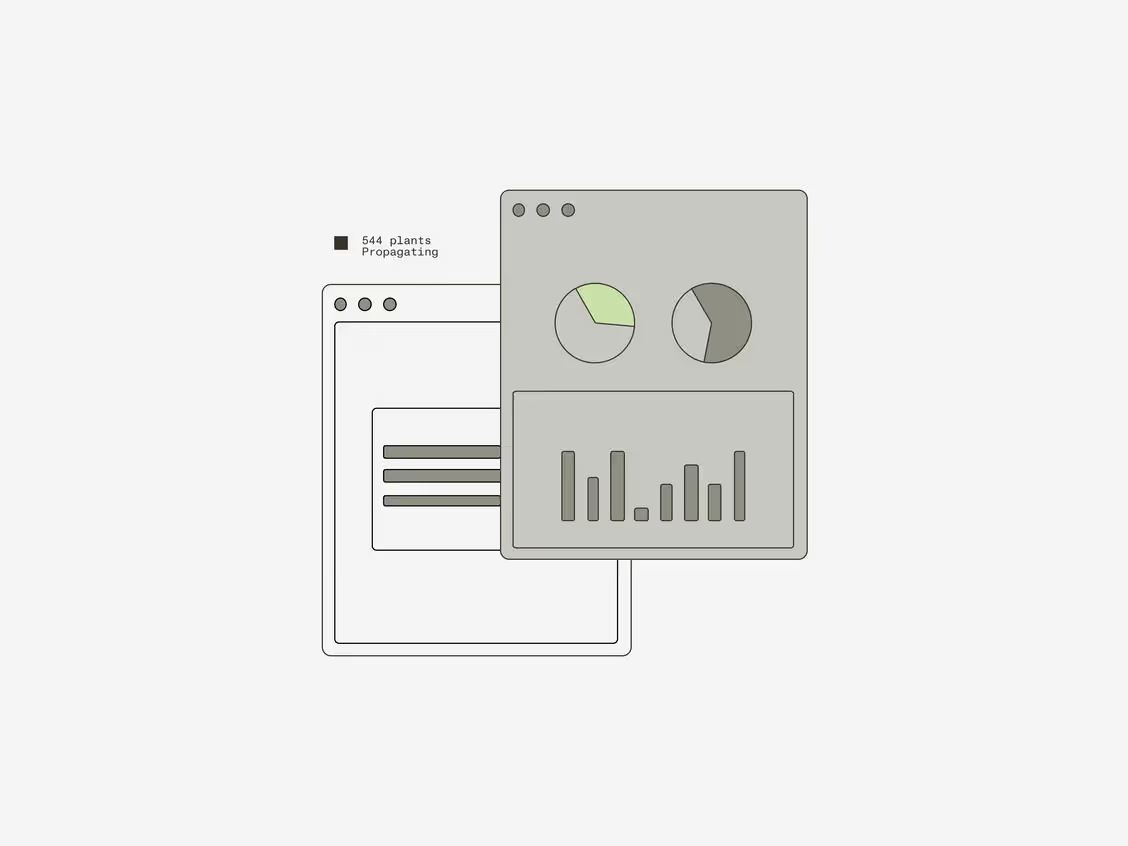Education Guide
Cannabis moisture sensor best practices

Using a cannabis moisture sensor for irrigation can help growers see inside the black box of any substrate. The resulting data helps make smarter irrigation decisions.
1. Sensor density matters
Incorporating one cannabis moisture sensor into a 10,000-square-foot facility will only yield data about a single plant. It takes multiple sensors to collect a cross-section of data about your plants overall. So how many sensors do you need? As a general rule of thumb, three sensors per strain in a 1,000-square-foot room should produce the most helpful and complete dataset.
Learn more about sensor density in our crash course.
2. Proper installation is essential
Adding moisture sensors gives cultivators better insight into their grow, but poor installation can quickly cause problems. Make sure each sensor is properly installed in the correct horizontal cross-section and aligned within the substrate. When plugging into a pot that’s been used before, don’t reinsert the sensor into pre-existing holes. Instead, cut out a new space to accommodate the sensor and ensure optimal contact with the substrate. A sensor alignment tool available to AROYA customers is a great way to make sure you’ve hit the install sweet spot.
3. Look for substrate inconsistencies
Growers using the most precise cannabis moisture sensor on the market must still watch for inconsistencies within the substrate. After all, any affordably priced grow medium likely has variances, even within the same brand. Anything from production to shipping can impact how a substrate performs – even if it appears the same – and result in data inconsistencies.
4. Stay on top of sensor maintenance
Using a moisture sensor can improve overall yields and product quality as long as the hardware is monitored regularly. For example, while the TEROS 12 comes equipped with lifetime calibration, other sensors on the market may need to be calibrated from time to time for optimal performance. Prongs should be washed occasionally with non-abrasive cleaners.
Go down the sensor rabbit hole by checking out this segment from episode 45 and other past episodes of Office Hours.
